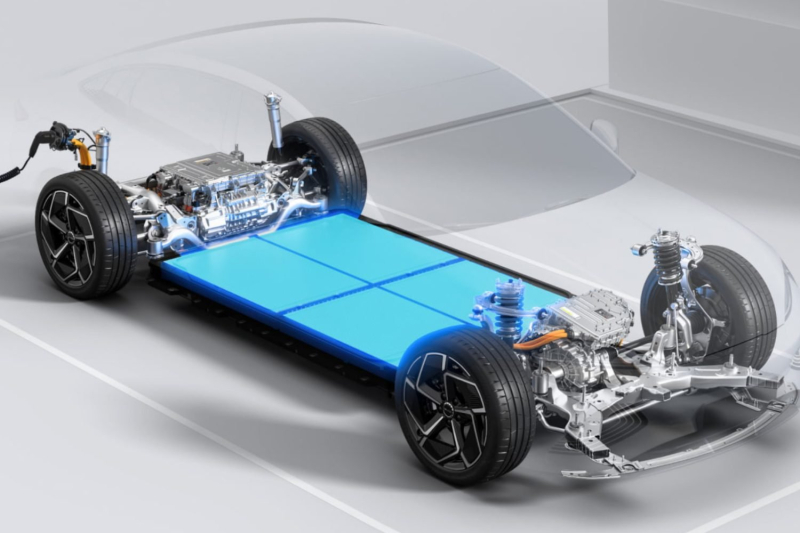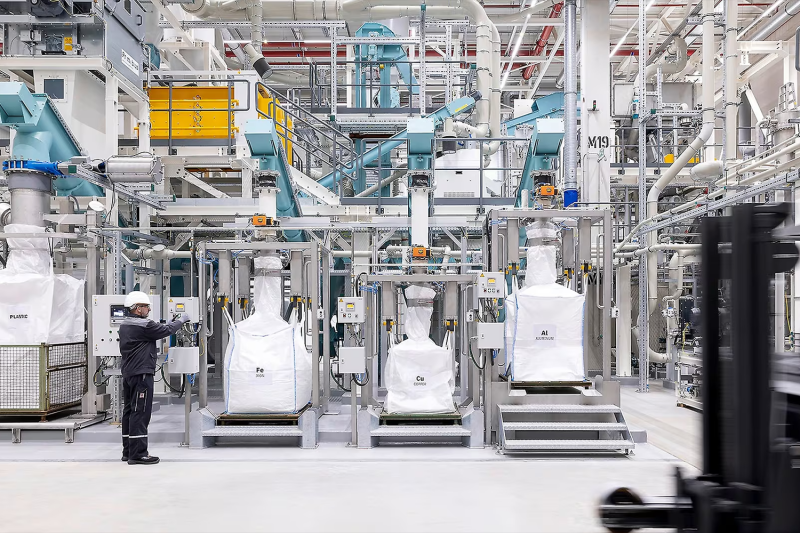
© BYD
It's necessarily a phrase that has already been thrown out at one of your family meals, probably by the reactionary detractor of electric vehicles. As they increasingly populate our roads, EVs are the target of criticism and 'received ideas not always legitimate. The alleged Achilles heel? The battery, an essential component, but criticized in particular for its environmental footprint. However, the reality turns out to be much more nuanced than the ideas circulating on the subject.
The myth of rare earths in batteries
First surprise, the famous “rare earths” are not so present in electric vehicle batteries. These metals, contrary to their name, are as abundant as nickel or copper in the earth's crust. Their particularity lies in their dispersion, which complicates their extraction.
The real concern concerns other critical materials. Cobalt and lithium are at the forefront, followed by nickel, graphite and copper. While no physical shortages are looming by 2030, explosive demand could create supply tensions.
Battery recycling and its (currently) underexploited potential
Contrary to pessimistic claims, lithium-ion batteries can be recycled. Current techniques already make it possible to recover 50% of their components through pyrometallurgy. New hydrometallurgical methods even promise recycling rates of up to 80 to 90%.

© Mercedes
Mercedes-Benz has just reached a decisive milestone by inaugurating its first European battery recycling plant. Thanks to an innovative process combining this mechanical and hydrometallurgical approach, the German manufacturer has managed to recover more than 96% of materials. This feat makes it possible to reinject these precious resources into the production of new electric vehicles.
200% Deposit Bonus up to €3,000 180% First Deposit Bonus up to $20,000The challenge of scaling up
The real challenge lies in moving to industrial scale. Today, less than 5% of end-of-life lithium-ion batteries are actually recycled. This situation is explained in particular by the youth of the electric vehicle market, where few batteries have reached the end of their life.
The outlook is nevertheless promising. By 2030, 1.2 million vehicle batteries will reach the end of their life worldwide. This figure is expected to rise to 14 million in 2040, then 50 million in 2050. A source that will help optimize costs and make recycled materials competitive with virgin raw materials.
Europe pushes for battery recycling
The European Union has taken the measure of the challenge. A new regulation adopted in 2023 sets binding targets: 51% of light vehicle batteries must be collected by 2029, then 61% by 2032. For lithium, the recovery rate must reach 80% by 2032.
The text also requires the incorporation of recycled materials in new batteries: 16% for cobalt, 6% for lithium and 6% for nickel. A way to encourage the development of a true circular economy.
Beyond preconceived ideas, very real challenges
If batteries prove recyclable, their environmental impact deserves attention. The extraction of raw materials raises legitimate questions.
However, these issues concern a limited portion of the components. Lithium and cobalt represent only 4% of the weight of a battery, far behind aluminum (29%), copper, graphite and steel (9% each). Materials whose extraction also poses challenges, although less publicized.
Sobriety appears to be an essential response given that recycling, even optimized, will not be enough alone to meet the growing demand.
Also, the ecological impacts of batteries deserve to be put into perspective with those of the oil industry, marked by oil spills, human rights violations and armed conflicts.
The transition to electric, while it poses its own challenges, offers the opportunity to build more environmentally friendly mobility. In short, the idea that the world will soon find itself with thousands of batteries that are impossible to recycle is completely false.
📍 To not miss any Presse-citron news, follow us on Google News and WhatsApp.

